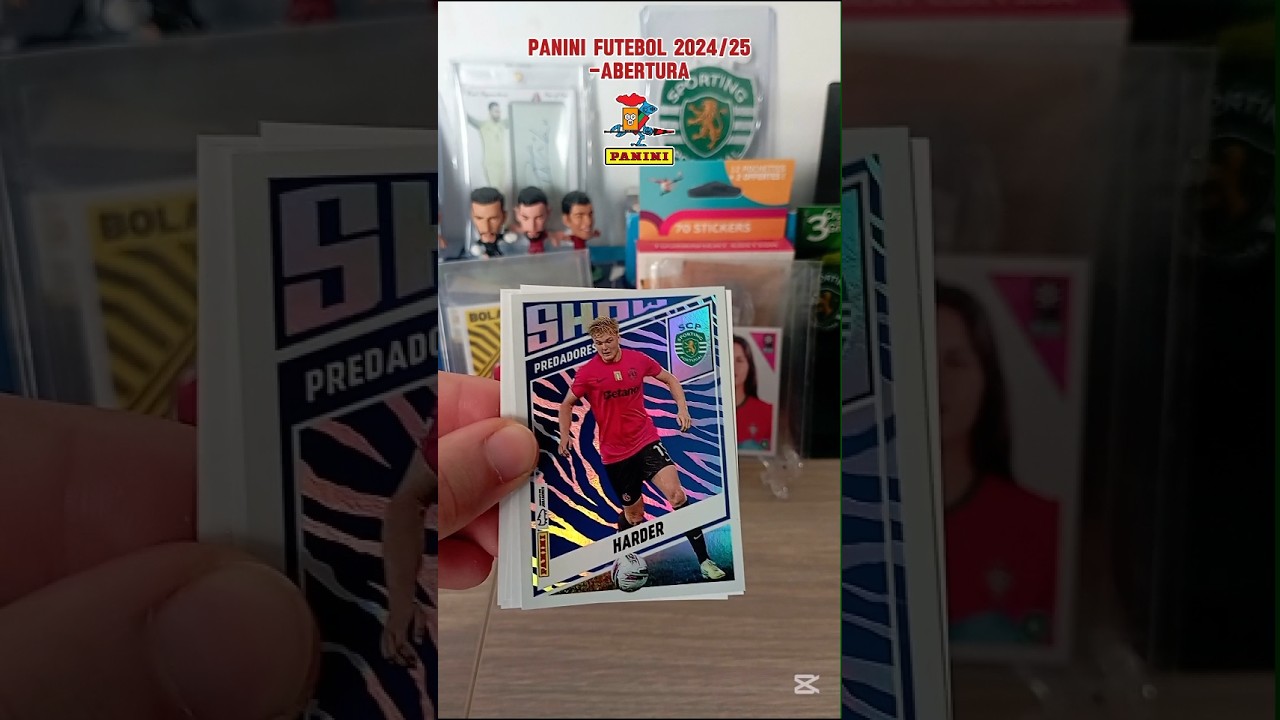Cave divers share air in fight for survival | The Little Dismal Sink Diving Tragedy
0[Music] When three expert cave divers head out on a mapping dive, they could never have imagined that all three would be sharing a single tank of air with only two regulators to breathe from. This is the fatal breakdown of the little dismal sink tragedy. When it comes to cave diving, you won’t find a team with more expertise than Bill Gavin, Bill Maine, and Bill McFeden. This team along with Parker Turner and Lamar English established the Woodville Karst plane project in 1985. This project officially recognized by the National Speliological Society was to map the underwater cave system of the Woodville Karst plane which covers 450 square miles near Tallahassee, Florida. The ambitious project had been ongoing for several years and many new discoveries and records were established by the growing diving group. On this day, the three bills would be heading down to map the deepest part of the little dismal sink. This was one of many sinkholes that led to the extensive underwater system of caves and tunnels. This particular sinkhole system was 900 ft long from the entrance to the farthest known edge of the downstream tunnel and over 220 ft in depth from the surface to the lowest passage. The men were expertly trained and certified with decades of experience in cave diving. They were particularly skilled as explorers who were comfortable in unknown situations. A few weeks earlier, new line had been laid in the lower tunnel. Now they needed to survey and map the area, using the permanent line as a guide to lead them out. Gavin would be going down with his scooter to the upstream tunnel, which led off of the sixth room over 200 ft below the surface. He would be surveying alone because this tunnel narrows down to a nasty restriction. It was better traversed alone so he could control the amount of silting, allowing for more visibility for his exit. Maine and McFeden would be surveying the downstream tunnel together, and the men were excited about getting a closer look at where it might lead. Once their dive time had reached the turning point, Maine and McFeden started back along the 300 ft of line in the downstream tunnel. They had used a little more than a third of the air in their tanks. Maine led them back towards the sixth room when he saw that McFeden wasn’t behind him. He turned back and quickly saw the problem. McFeden’s tanks had caught on the line. Maine swam around and carefully untwisted the thin rope from his equipment, freeing Bill from the snag. This took just a few minutes, but Bill was rattled. His breathing rate had quickened while he was unable to move, which made him feel stressed about his air consumption. Before he could really even settle, he found himself caught up again. Bill’s safety reel had come loose, and the lines turned around each other. In the silty bottom, he was having a tough time getting free without pulling the whole line too taut. Maine came back again to unwind the line from Bill’s equipment and get the men back on their way. This was exactly the reason that a third of air was reserved for unexpected events on any cave dive. They had burned through about 10 minutes of air at over 200 ft of depth. This meant a longer decompression and less room for error on the way out. Maine was cautiously leading them out of the tunnel and arrived at the sixth room where the water was clear. He turned to wait for Bill to join him in the open space, but he didn’t push through the cloud of silt filling the tunnel exit. He waited just a few moments to see if he would emerge. Just as he grabbed the line to feel for Bill’s movement, Gavin swam into the bottom of the sixth room column. Maine signaled to Gavin that Bill McFeden had not come out of the tunnel with him. Gavin moved across the room and followed the line back into the downstream tunnel. He was 100 ft into the tunnel when he finally saw Bill inside a cloud of silt. Off the line. Bill had lost the line and was frantically breathing. He had already faced two snags in this narrow tunnel. And now he was lost in a silty cloud. Bill had been completely overtaken with panic and was no longer making rational judgments. His rapid breathing was dangerous and Gavin just wanted to get him out of there. Gavin guided him back to the line and they made their way out together. The group gathered and worked their way up the column toward the fifth room. Once they reached the clear water, Bill was wideeyed and suddenly signaled that he was out of air. Gavin immediately deployed his long hose and gave the extra regulator to Bill. It seemed impossible that Bill could already be out of air. They had spent an extra 10 to 15 minutes dealing with the entanglements and Bill’s absence, but that wasn’t enough time to empty his tanks. Gavin could see he was breathing like a horse. Bill was rattled and not calming down. He needed to slow his breathing and get a hold of himself if they were going to make it out of the cave system. Bill had grabbed the manifold of Gavin’s tanks and would not let go. Together, they were quite buoyant and were rising quickly up the fifth room. Gavin vented his dry suit to reduce the buoyancy quickly. It was essential to slow their speed of rising or they could die. Gavin couldn’t reach around to Bill’s suit to vent it for him, and Bill didn’t seem to understand that venting his suit was an immediate problem. He was frozen in a panic and couldn’t help Gavin stop their rise. The dry suits were essential to protect them from the cold water, but these suits used a thin layer of air to insulate between the water and body. It was quite effective in keeping the body temperature normal in these cold waters, but it tended to make them more positively buoyant. As they continued to move up, Gavin thought about knifing Bill’s suit to release the air layer. If Gavin pierced Bill’s suit, it could help them achieve a neutral buoyancy. With Bill on his back, he had no leverage to reach him or communicate in any way. The two men were pinned to the ceiling of the fifth room after rising 100 ft rather rapidly. Gavin was being dangerously dragged along with Bill and had no way to escape his grasp. Bill Main grabbed onto McFeden’s legs to help pull the group down. They were desperately trying to get back down to the path that would lead the way out. Gavin turned on his scooter and pointed it down to pull them back down to the opening to the fourth room. The three men moved through the next few rooms rather quickly, while Bill McFeden shared Gavin’s air tanks. They took the shortcut from the fourth room straight to the second and ducked down to the low passage that led back to the first room. The three men relied on the single scooter to quickly pull them through these rooms, but they were coming to the restriction which led up to the open sink. Bill couldn’t believe what was happening. His own tank was empty, and now the emergency hose from Gavin’s tanks was running dry as well. He was in a daysaze, but had enough desire to live to reach for air from Maine’s tanks. He grabbed Maine’s long hose and started taking deep breaths to replenish his oxygen. Gavin was starting to panic himself. He was pulling hard on the air from his tank and it was clear that it was nearly empty. He turned to communicate with Maine and saw that Bill McFeden had dropped the extra hose to his own tank and was now breathing from Maine’s extra long hose. Gavin was stunned. They were three expert divers with only one tank of air between them. Maine could see that Gavin was struggling and starting to really suffer. Gavin was on the verge of passing out when Maine took his own regulator and passed it to Gavin. He took several deep breaths and passed it back. Buddy breathing is one of the most challenging emergency procedures in cave diving. To have the calmness, trust, and control to remove your life source and pass it to someone else exhibits true mental toughness. Maine continued to pass the regulator back and forth with Gavin over a period of several minutes so that Gavin could stabilize and clear some of the carbon dioxide in his system. They were using the short hose, so they needed to just be still, focus, and hold close to each other. Maine was doing the calculations that three men were pulling from one set of tanks and it was almost empty. They were only 100 ft from the exit pool, but would have to maneuver through a narrow restriction as a team of three. Two of which would be passing a short hose back and forth in a dangerous and frightening buddy breathing situation. After several minutes of back and forth, the men turned to see a devastating sight. Bill McFeden was upside down pinned to the ceiling. He was not moving and he had no air. They were stunned. Sometime during their frantic transition to buddy breathing, Bill had passed out and let go of Maine’s long hose. There was nothing they could do for him now. Bill was gone. This created a shocking sense of urgency to get through the restriction and out of this water. Gavin switched to the long hose attached to Maine’s tank. Now they could move through the restriction together, but they would be leaving their friend behind. They slowly twisted their bodies through the tight squeeze to escape this final path before the pool. After the restriction, they sat in the water for a decompression stop with the mental horror of what had just taken place. They were completely sick. They had done everything they could to rescue a panicked diver, but it just wasn’t enough. After Bill McFeden’s body was recovered, it was determined that he had suffered from an air embolism in the brain. This was likely due to burst air sacks in the lungs when they shot up 100 ft of depth in just a few moments. The burst sacks introduce air into the bloodstream and very quickly these bubbles can block tiny vessels in the brain. The diver would lose consciousness, lose their regulator, and ultimately drown. The uncontrolled ascent could have killed Gavin as well, even though he was fighting to prevent it in every way possible. It was a devastating outcome for someone so skilled and experienced in this very cave. This serves as a constant reminder that even the most highly trained cave divers can suffer from panic deep within a cave system and it’s nearly impossible to save someone in those difficult conditions. Bill’s family and the divers associated with the WKP project remember Bill McFeden as a dedicated and generous man. His loss inspired additional changes to the streamline diving program that Bill Maine and Bill Gavin practiced. They continued diving for several years, including setting additional dive records before they retired from cave diving after two additional deaths in the WKP in 1991 and 1992.







![Unboxing Nintendo Switch 2 + Gameplay Mario Kart World [4K]](https://abrindosuamente.com/wp-content/uploads/2025/08/Unboxing-Nintendo-Switch-2-Gameplay-Mario-Kart-World-4K.jpg)

